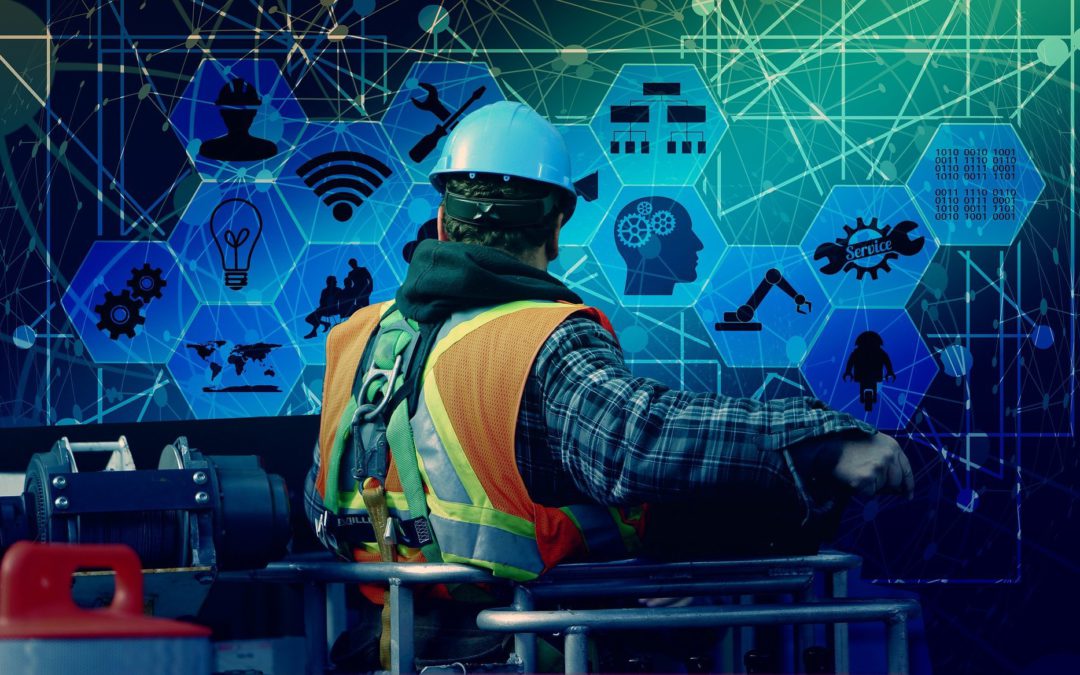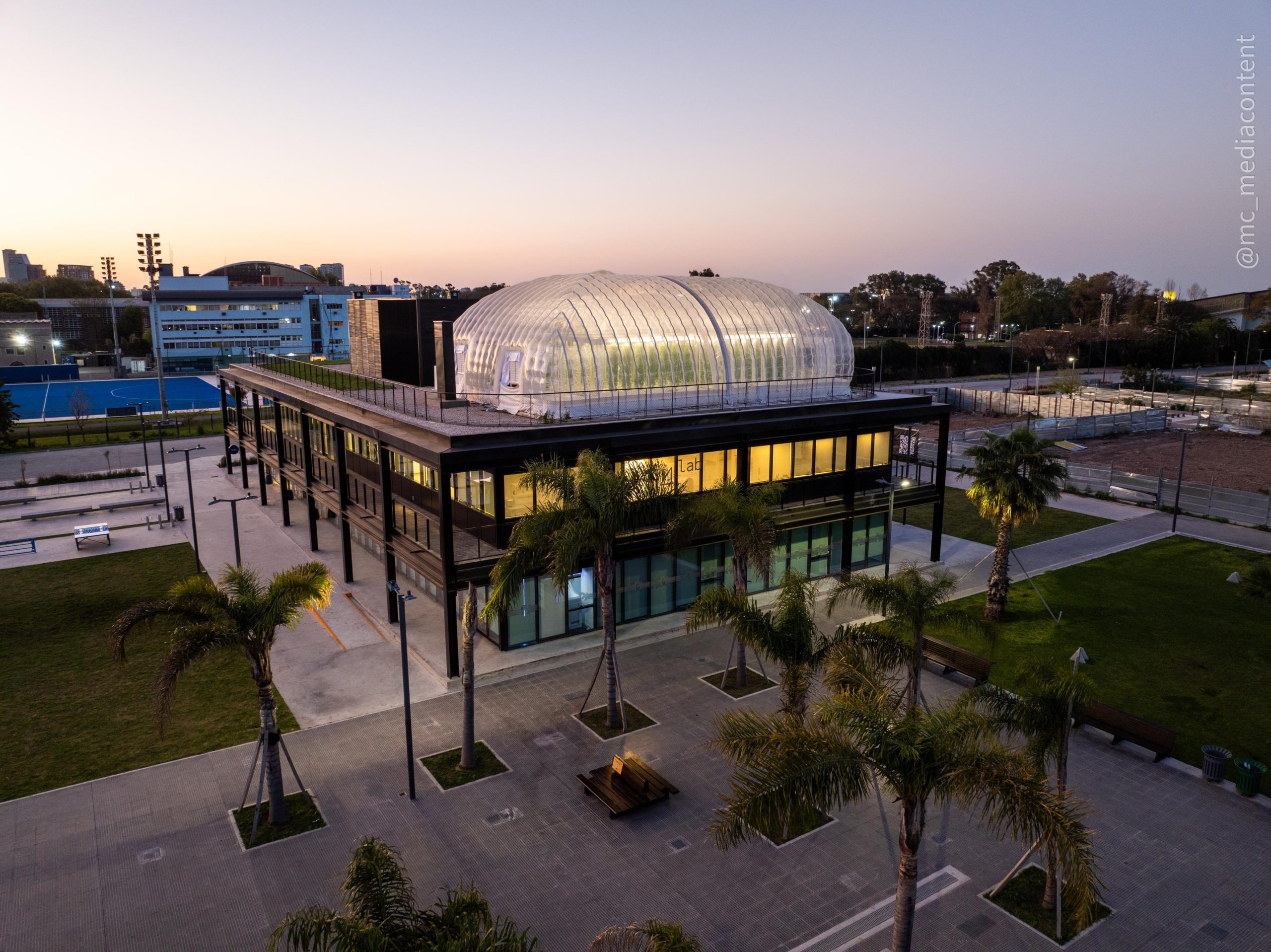Advancements in artificial intelligence (AI) have enabled a number of technologies to emerge that have the potential to keep workplaces healthier and safer through personal protective equipment detection, safety zoning and thermal imaging capabilities.
As employers and workers fear an increase in the risk of transmission and the likelihood of cluster outbreaks, technology advancements pop up. As the economy and industry begin to slowly reopen from the COVID-19 lockdown, many people are heading back to work.
While this is great for the supply chains and overall economy, a growing concern exists for an increase in the risk of transmission and the likelihood of cluster outbreaks within the workforce. This has the potential to not only compromise the health of staff members, but close facilities for weeks at a time and halt operations.
In an effort to mitigate this, many management teams are working to produce health and safety guidelines, like the mandatory wearing of personal protective equipment and social distancing protocols to reduce the risk of cluster COVID-19 outbreaks. These guidelines, however, can only go so far, as it takes strict enforcement to ensure that personnel adhere to them—and compliance teams may already be stretched thin.
In an Industry environment, employees arrive at their companies and put on their personal protective equipment to work. Over the course of the workday, employees become consumed in the task at hand, they accidentally step closer than 6 feet to their colleagues or remove their personal protective equipment to scratch their face and fail to put it back on properly.
The AI, utilizing high definition cameras, notices this and sends a gentle reminder to the employee via their wearable to keep six feet away or replace their personal protective equipment, while sending another notification to the manager, which enables them to identify staff members who may require additional coaching.
Outside of infection control, AI technologies have shown potential to enhance workplace safety in other ways. Some providers offer fall detection, vehicle collision detection and thermal imaging capabilities that capture the temperature of a space and not just the individuals within it to deliver alerts for when workplaces become hazardous. These capabilities demonstrate that the implementation of this technology can still deliver health and safety benefits in most industrial settings long after the pandemic has ended.
While the pandemic is still far from over and there are sure to be some adjustment pains in reopening workplaces with new protocols in place, AI presents us with a clear solution. Through enforcing guidelines around the wearing of personal protective equipment, ensuring social distancing and thermal imaging capabilities, AI has the potential to reduce transmission, ensure the health and safety of staff members, and detect—and contain—cluster outbreaks before they start, especially since experts claim global viral outbreaks will now become more common.





